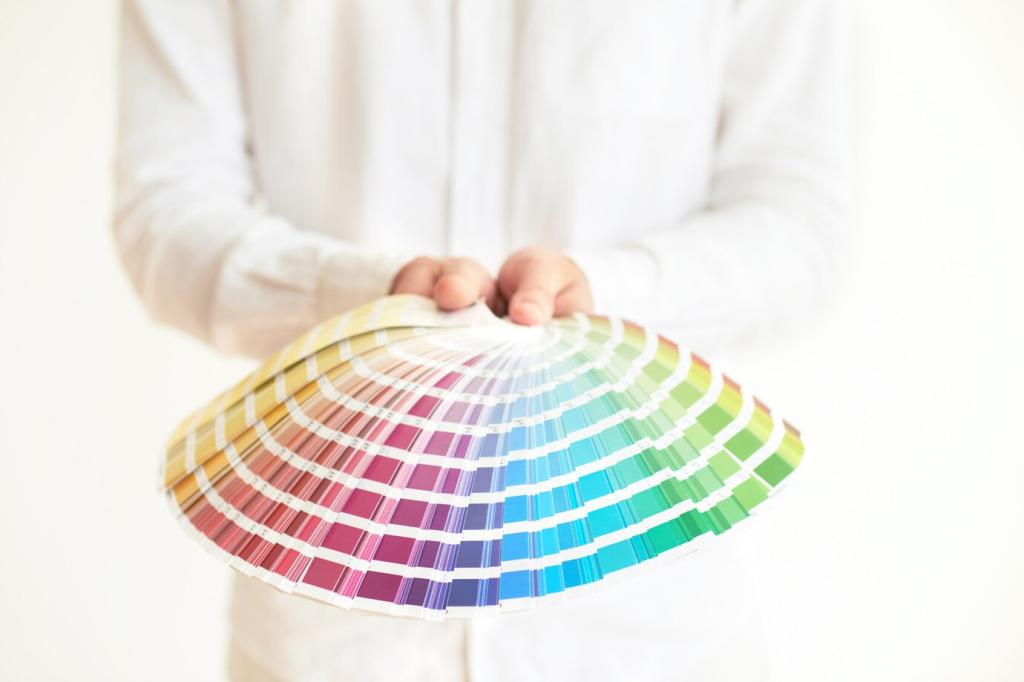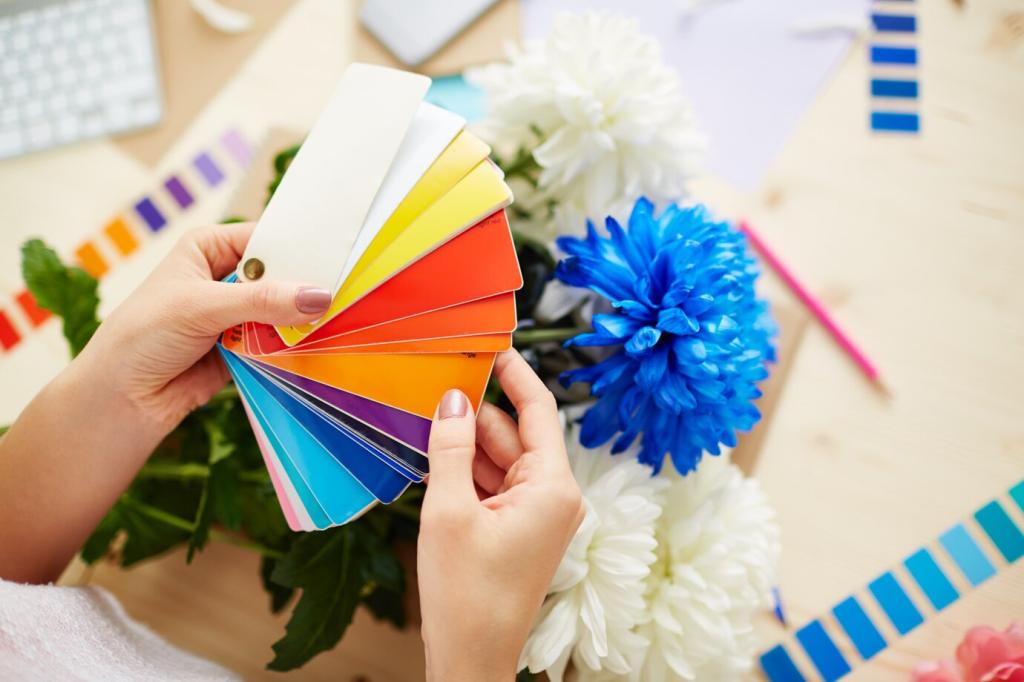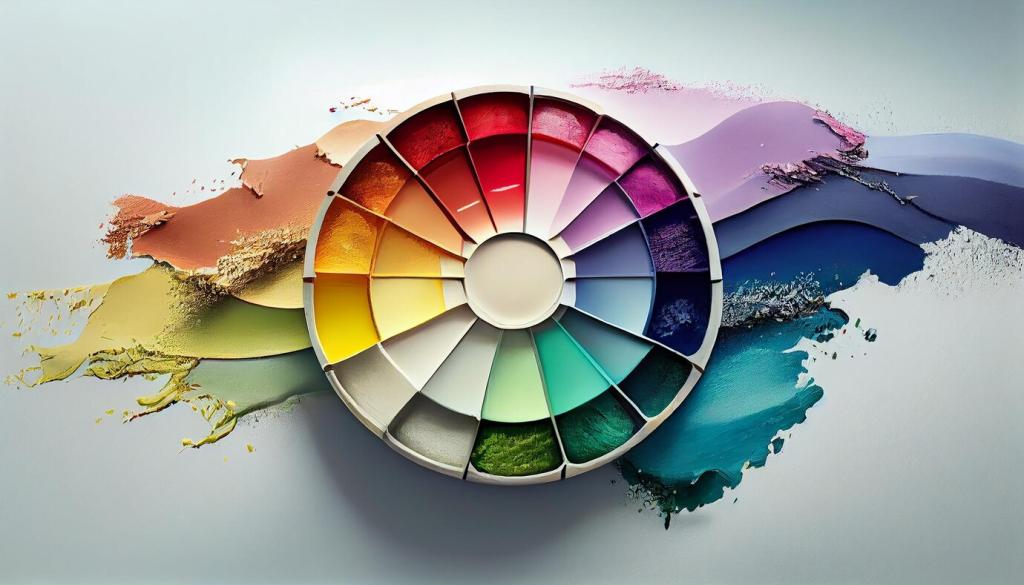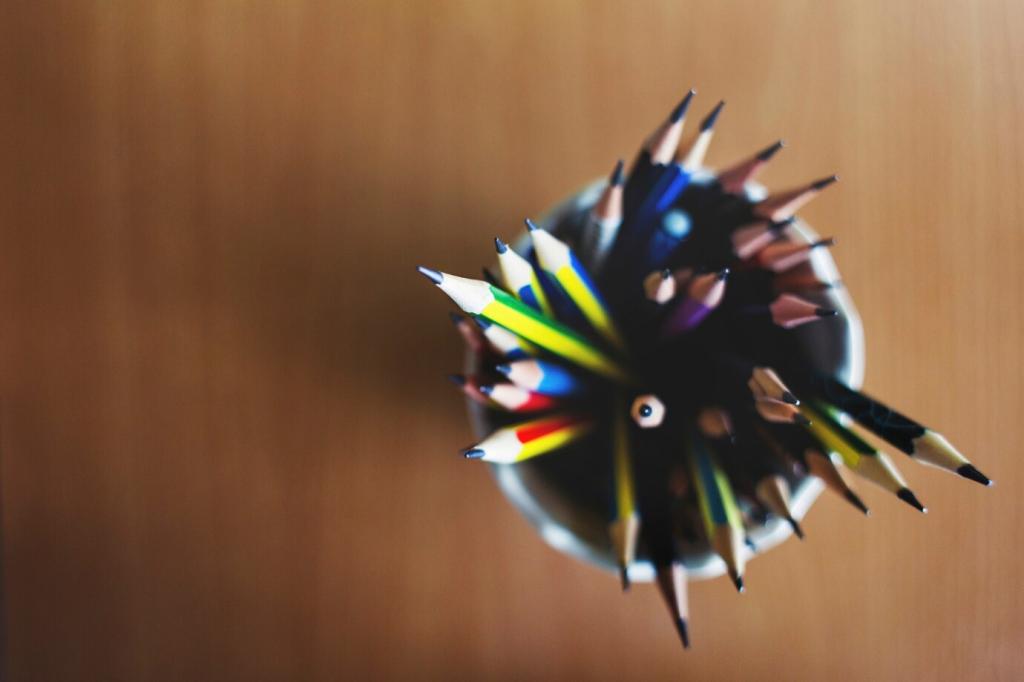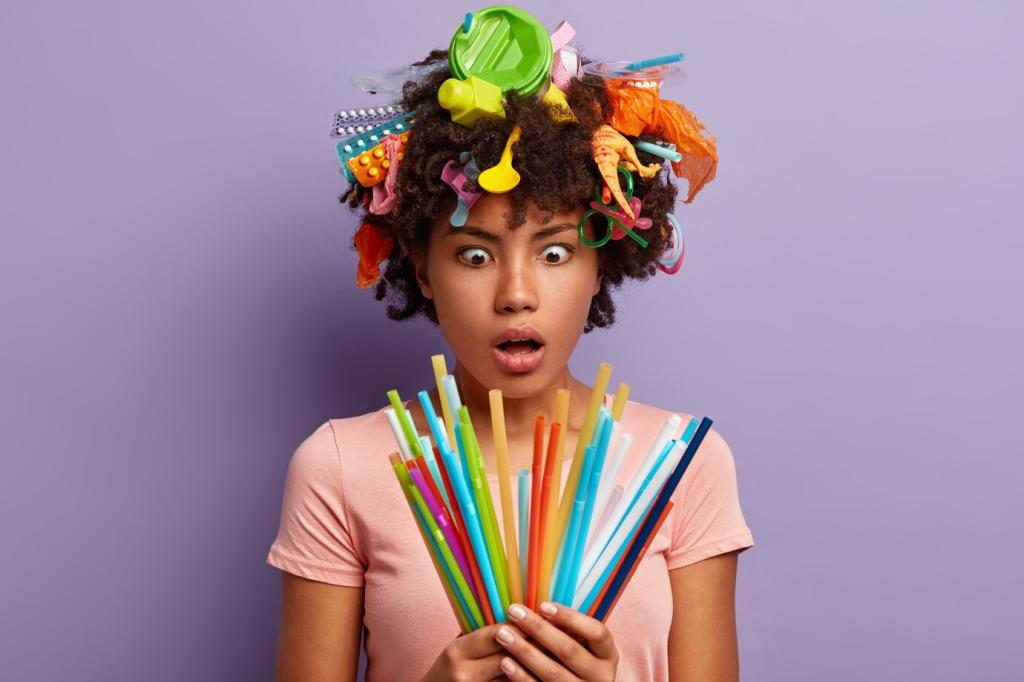Finish and Texture: How Surfaces Shape Color Emotion
Matte finishes absorb light, softening bold colors into calmer companions. Gloss reflects, adding drama and urgency. A matte burgundy sideboard feels grounded; a glossy one becomes a statement. Which finish best matches your desired emotional temperature?
Finish and Texture: How Surfaces Shape Color Emotion
Bouclé, chenille, and natural linens break up color, making even saturated hues feel approachable. Grainy oak tames dark stains. If a color intimidates, try it in a textured fabric first. Report back with touch-and-feel impressions, not just photos.

